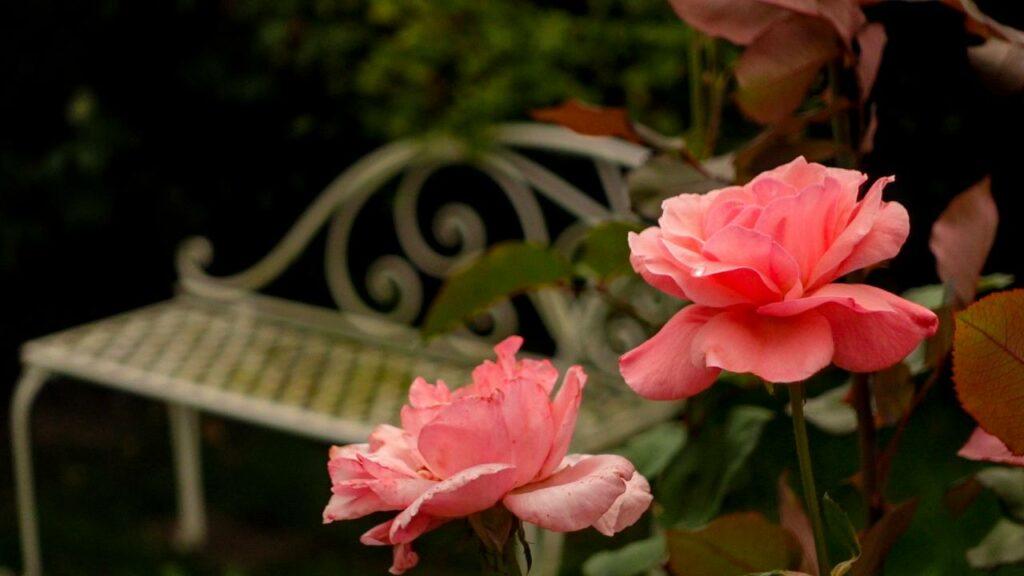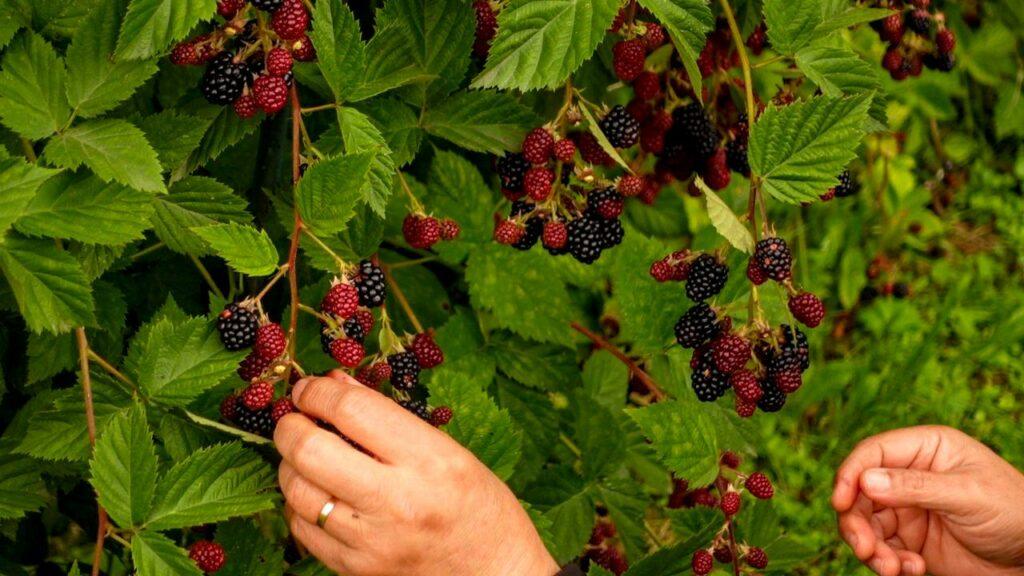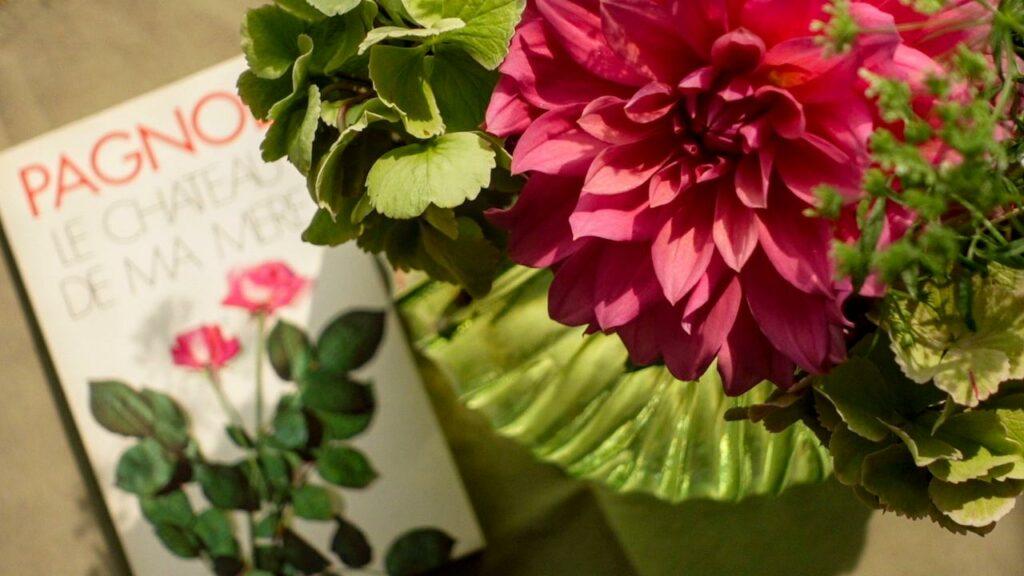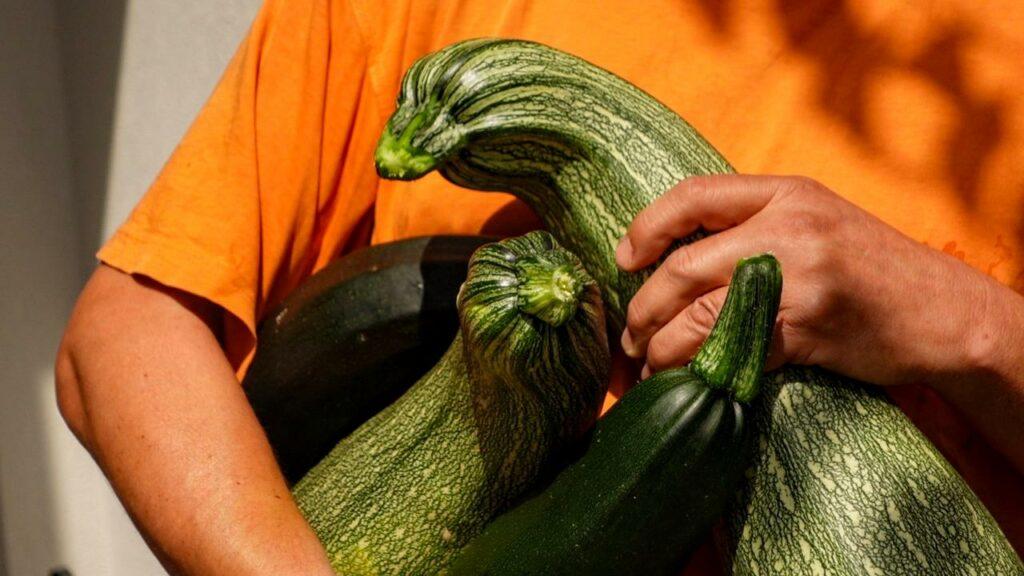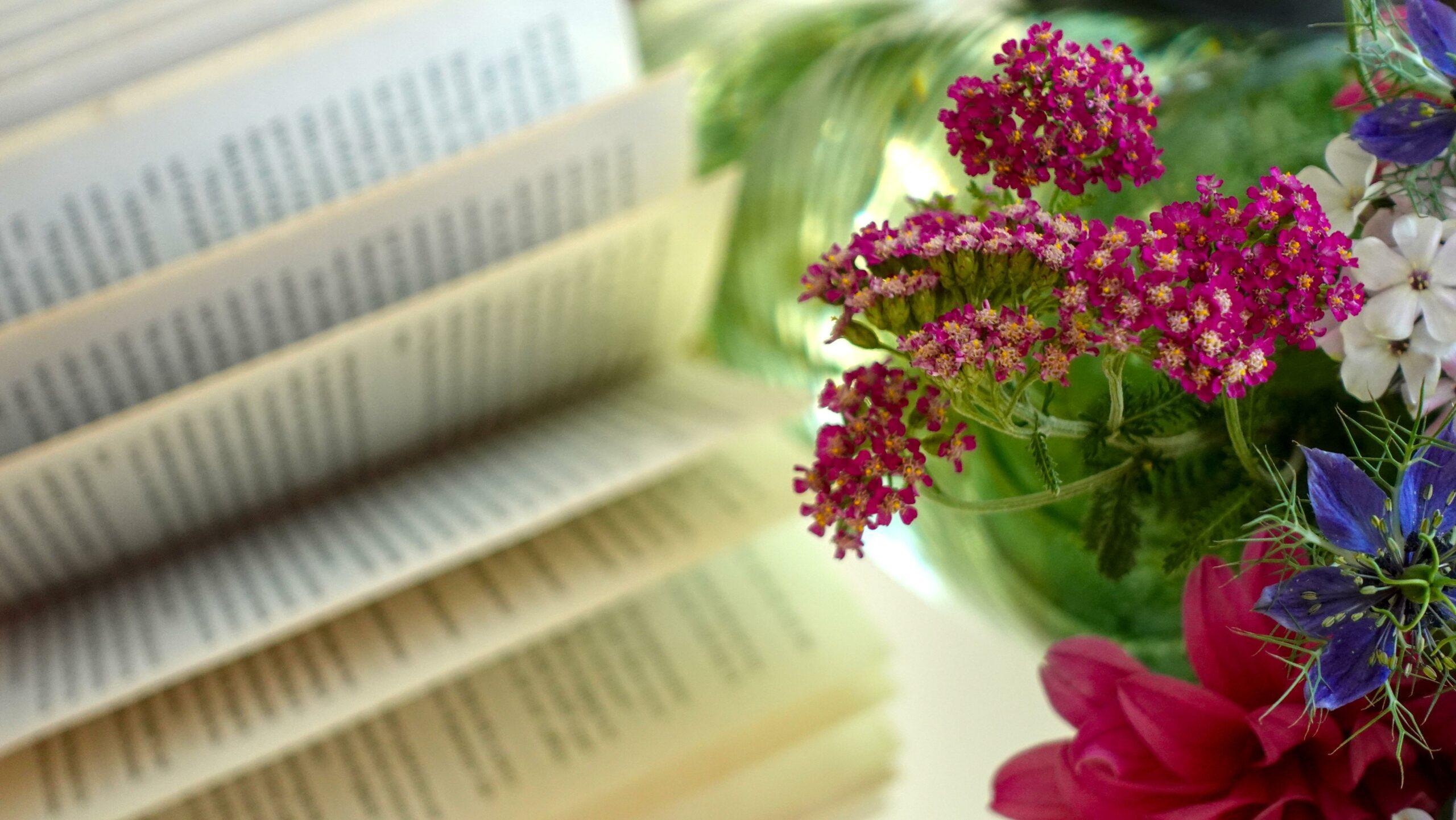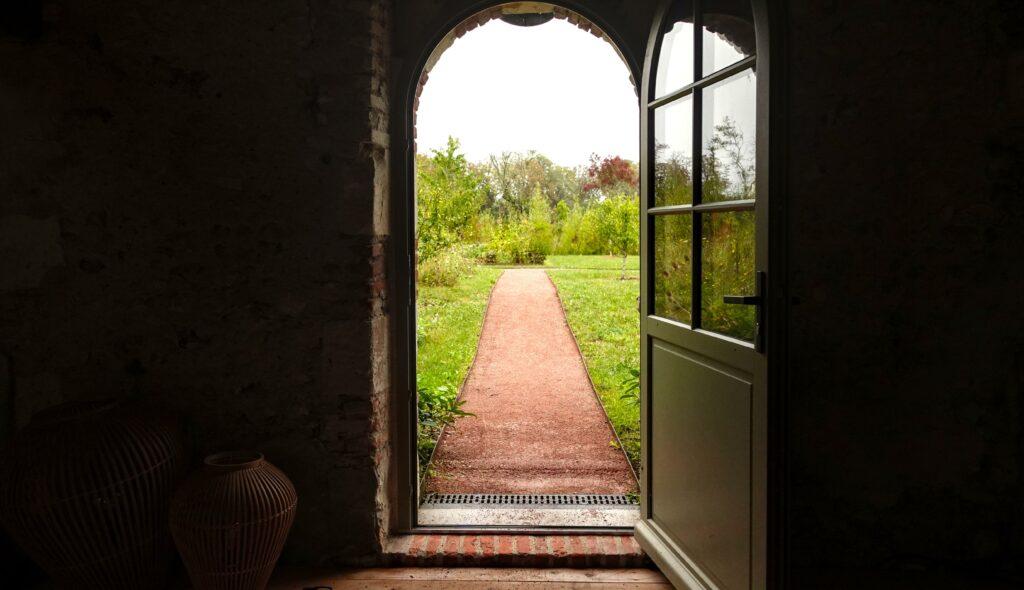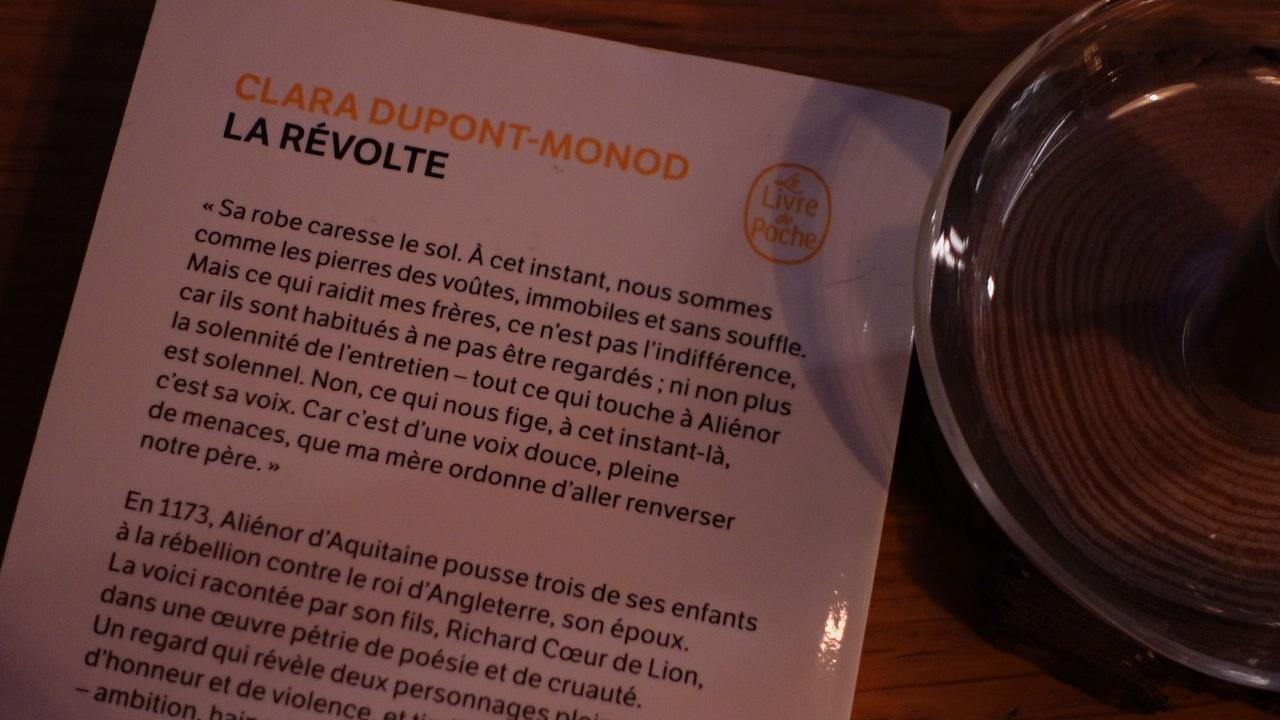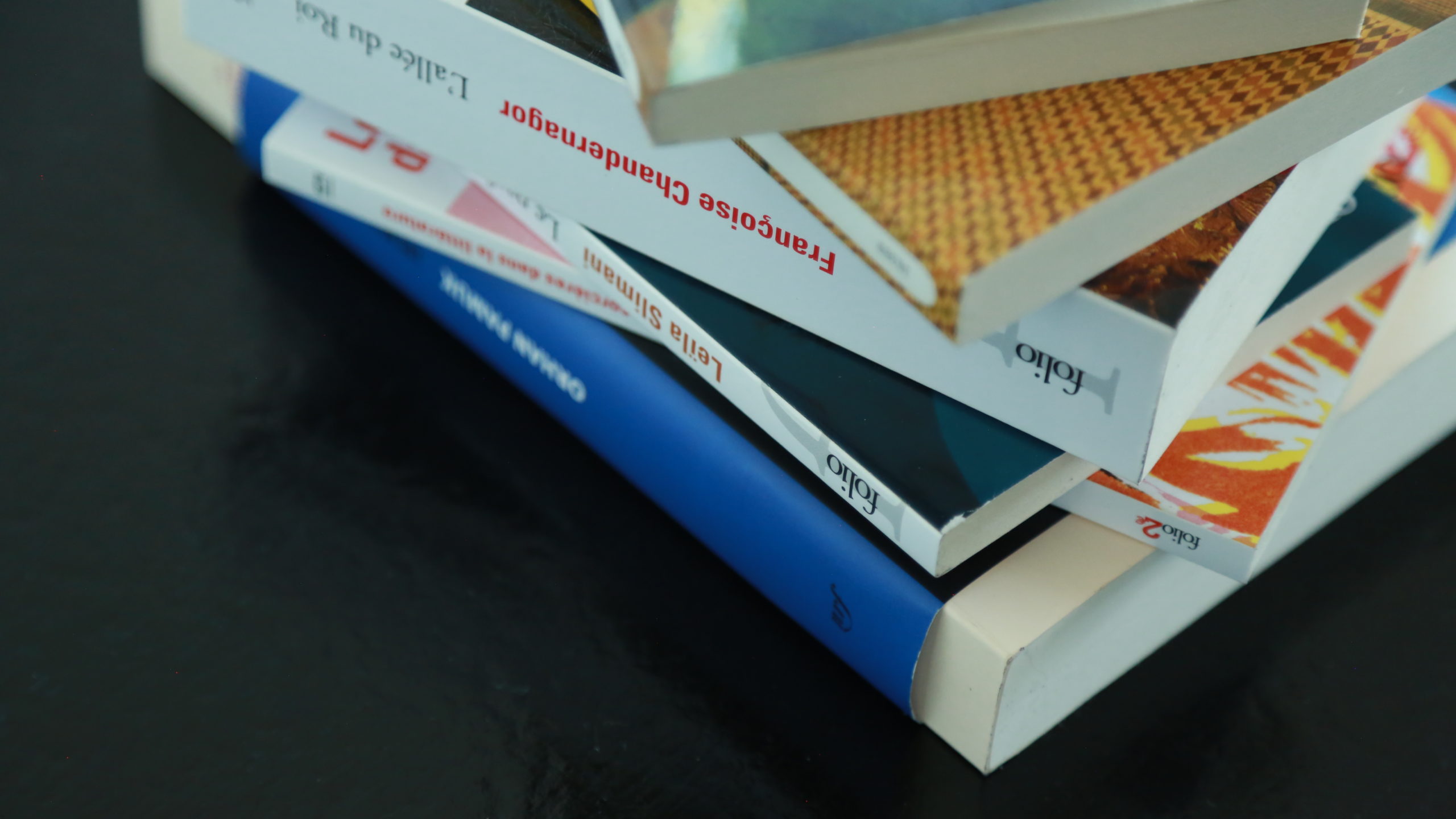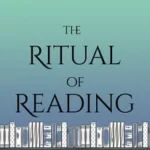Cultivating Ideas, Harvesting Serenity
Reading and gardening – two passions that seem to meet in the land of presence. Both require patience. Both reward quiet attention. Both, in their own way, allow us to step outside the rush of the world and into something deeper, something growing. When life feels scattered or chaotic, returning to either can be an act of grace: a way of grounding yourself in something slow, deliberate, and alive.
In this mid-July pause, as leaves shimmer in the heat and blossoms begin to mature, I’ve been thinking of the reader as a kind of gardener. Tending to a stack of books like one tends to a patch of earth—choosing with care, returning often, letting certain thoughts take root, while others are gently pruned away.
It’s no secret that I am a part of both worlds, a lover of pages and leaves alike, so as the sun gently sets upon a slow, lazy July week-end, allow me a moment of wandering thoughts on these two passions that bring ritual to my life.
One for the Mind, the Other for the Hands
Gardening gets us out of our heads, into our bodies, into the dirt. Reading, by contrast, draws us inward—into thought, imagination, language. One is tactile, earthy; the other abstract, intimate. Two dimensions that are often seen as opposing, and as such, marketed to different categories of people, in a world that likes to put labels and paint everything in prime colours alone. But if we choose to manifest a life where diversity brings us together instead of drawing us apart, we see both reading and gardening as offering a kind of alignment.
We live so much of our lives online now, stretched thin between screens and expectations. So it’s comforting to have not just one refuge, but two—one rooted in the soil, the other in story—where time moves differently. The lesson of balance is one that we learn best while observing nature, and for me that translates into a way of spending my time that combines both mental and manual labor.
When I read for an hour, I feel my inner landscape shift. A novel can transport me into a story, an essay can open a new perspective on an idea, abstract notions and words on paper become mental images in what is one of the most fascinating manifestations of our humanity : imagination.
When I prune or plant, the world simplifies. The equation has just a few elements : water, light and soil, in the right proportions, create the premises for the miracle of life in the vegetal world. No need to overthink anything, observe and act accordingly, be present and adapt.
Each act, in its own way, becomes a form of meditation. A return of the mind and of the body to a place where the outside world is not derailing our spirit from serenity, but encourages our spiritual well being.
Acts of Hope and Confidence
Planting a seed is a small act of faith. So is opening the first page of a book. In both cases, we commit to something we can’t yet see fully. We trust that growth will come—slowly, imperceptibly, but surely. We don’t always know where a book will take us, or whether a garden will bloom as we imagined. But we begin anyway. We show up. We return to the same plot, the same pages. We adjust. We wait.
There is something deeply comforting about that rhythm. In a world obsessed with outcomes, both reading and gardening teach us to stay with the process—to find joy not only in the harvest, but in the tending.
Each book we choose is a seed of possibility. Some we plant knowing exactly what we hope to grow: a classic we’ve always meant to read, a novel tied to the season, a new release that we’ve been waiting for. Others surprise us—seeds that find us, rather than the other way around, through conversations, friendly recommendations or simply idle browsing.
We water these seeds with time. A chapter in the morning light, a page or two before sleep. We make notes on pretty stickers, capture sentences in our journal and over time, we begin to see connections, ideas rising like vines and curling toward the sun.
And sometimes we weed: we abandon a book that no longer speaks to us, we clear space in our minds so something else might grow. There is no shame in this pruning—a gardener knows that not every plant belongs in every season, and not every book belongs in every moment of our lives (though this is not the easiest lesson to learn, so take it into consideration and give it time).
The beauty lies in the abundance of possibility. Walk through any garden center and you’ll find endless varieties of plants, each promising its own wonder. Walk through any bookstore and feel that same sense of potential—shelves upon shelves of worlds waiting to unfold. The choice becomes not what to grow, but what to tend with the particular care this season asks of us.
Solitary Endeavours that Open to Others
Though we often share them with kindred spirits, both reading and gardening begin in solitude. They teach us how to be alone—not in a lonely way, but in a rooted, present way. These are not loud activities. They don’t clamor for attention. They invite you to listen—to the rustle of leaves, to the turn of a phrase. And in that stillness, something in us strengthens.
A garden can be shared—a bouquet offered, a harvest gifted. A book can be passed on, its pages already softened by someone else’s hands. These quiet acts of connection start in solitude but blossom outward.
When we garden or read regularly, we grow more anchored. And from that place of inner balance, we’re more able to offer warmth, attention, and presence to the people around us.
In my own life, I’ve found that the books that move me most deeply are the ones I want to press into friends’ hands, to say: “This reminded me of you,” or “I couldn’t stop thinking about you while reading this.” Similarly, the flowers that bloom most beautifully in my garden are the ones I find myself cutting for others—not because I love them less, but because joy multiplies when shared.
There’s something sacred about recommending a book to someone who might need its particular medicine, or about arriving at a friend’s door with herbs from your garden, still damp with morning dew. These small offerings carry the weight of our attention, the time we’ve spent in quiet communion with growth.
Even our solitary moments with books and plants become richer when we know we’re part of a larger community of tenders. The woman reading on the park bench, the neighbor watering their windowsill herbs, the stranger in the bookstore running their finger along spines—we’re all engaged in the same essential work of cultivation, even when we’re alone.
Harvesting Serenity
In a world that often asks us to be quick, to move on, to produce, both reading and gardening offer a kind of resistance. They ask us to slow down, to stay still, to observe.
A garden is not built in a day, and neither is a reading life. There is serenity in that. In the repetition of returning to a book, or a plot of land. In the patience it takes to let something unfold. In the small rituals—a teacup, a notepad, a folded blanket in the sun.
To read is to cultivate. To cultivate is to care. And what we care for, even in small ways, can become a refuge.
This is perhaps what I cherish most about both practices—the way they create pockets of peace in a hurried world. When I step onto my balcony garden in the early morning, coffee in hand, I’m not thinking about emails or deadlines. I’m noticing how the light falls differently now than it did a week ago, how the dahlias seem to be more cheerful than ever and how the bumble bees are feasting on the lavender blooms.
Similarly, when I settle into reading—whether it’s the first quiet moments of the day or the gentle transition into evening—I’m entering a different quality of time. The urgent fades. The immediate becomes less immediate. There’s just this page, this paragraph, this perfect sentence that stops me mid-breath.
Both practices teach us that not everything in life needs to be optimized or analyzed. Sometimes the most radical act is simply to be present with what’s growing—whether it’s a story unfolding or a seed taking root. To trust that this attention itself is valuable, even when we can’t measure its productivity.
Your Literary Garden
This month, I’ve filled my days with books that evoke the gentleness and mystery of gardens. But more than that, I’ve tried to read like a gardener: with presence, with curiosity, and with a willingness to return again and again to what matters.
What does your literary garden look like? Is it neat rows of carefully chosen nonfiction? Is it a riot of colorful fiction, or a wild overgrown space where essays and poetry thrive side by side?
Whatever shape it takes, I hope it brings you beauty. I hope it gives you a place to rest. And I hope, when the season changes, you’ll carry a little of that stillness with you.
If you’re inspired to cultivate your own summer reading ritual, I’ve created a free guide that explores how to create meaningful reading practices that honor both the season and your own rhythms. It’s filled with gentle prompts for choosing books that nourish, creating reading spaces that invite presence, and weaving literature into the slower pace that summer offers. You can find it at theritualofreading.com—a small offering for fellow travelers on this path of literary cultivation.
The invitation remains the same: to tend your reading life with the same gentle attention you might bring to a garden. To choose books that nourish rather than merely entertain. To allow time for ideas to take root and grow. To trust that this quiet work of cultivation—whether with books or plants—creates ripples of peace that extend far beyond the garden gate.
In this busy world, we need these refuges more than ever. Places where we can remember what it feels like to move slowly, to notice beauty, to trust in growth we cannot force. Whether you find this in the pages of a book or the rows of a garden—or, like me, in the blessed combination of both—may you tend these spaces with love. May they tend you in return.
Until next time, enjoy your reading and your rituals !
Written by Alexandra Poppy
Writer, reader & curator of The Ritual of Reading
I’m Alexandra, the voice behind The Ritual of Reading. Somewhere between a stack of novels and a half-finished pot of tea, I keep finding traces of the life I want to live—slower, richer, filled with stories. The Ritual of Reading is where I gather what I love: books that linger, places with a past, and rituals that make ordinary days feel a little more meaningful. I write from Paris, where elegant bookshops and old-fashioned cafés offer endless inspiration—and I share it here, hoping it brings a spark to your own days, too.

